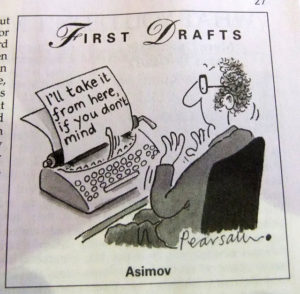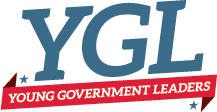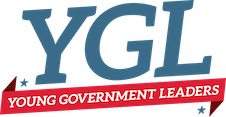In 1998, then President Bill Clinton issued a directive referred to as the “Plain Language Memo” in an effort to reinvent the way government communicates with the public. This directive was further enhanced by the “Plain Writing Act of 2010,” a directive signed by President Barack Obama that stated all Federal agencies must use “clear Government communication that the public can understand and use.”
You might be asking yourself what plain language means and how it contributes to writing effectively. For all intents and purposes, writing in plain language simply means crafting communication that is concise and using commonly used words in order to convey messages more efficiently and increase the likelihood of obtaining desired results. It’s probably safe to say that using plain language in your written documents and communication is an example of effective writing.
Each type of written communication will vary based on the audience but here are a handful of general tips on how to write effectively using plain language.
Effective Writing Tips
 Use Simpler Words and Shorter Sentences
Use Simpler Words and Shorter Sentences
In an age dominated by technology, maintaining focus can be a challenge. That’s why simpler words and shorter sentences work better when communicating in writing. By doing so, you allow the reader to break the information into pieces, therefore making comprehension easier. They also convey a more conversational tone that helps keep a reader’s interest. Finally, concise writing will add vigor to your message and help provide clarity.
Use Lists and Spaces
You’re likely to groan whenever you hear words like policies, regulations and directives. That is because the most important written documents, especially in government, are those that span multiple pages. Writers are cognizant of this and that’s why they started to use bullet points and lists whenever appropriate. Not only do lists help the reader prioritize the information, they also assist with understanding the logical order of the content provided. Lastly, spaces in pages, like shorter words and sentences, help the reader break down the message, making it easier to absorb.
Skip the Archaic Language
Unless you’re writing to an audience full of Shakespeare lovers, skip the archaic language. Your message should be clear from the beginning so you can continue to engage your audience and keep them interested in hearing or reading what you have to say. This is especially important if you’re requesting for something in return. Also, individuals have a finite amount of time so do them (and yourself) a favor and speak plainly, using commonly used, but appropriate vocabulary.
Avoid Redundancies
No one likes to be told the same thing over and over and that’s why it’s important to avoid redundancies when writing. Rephrasing what you just wrote in an attempt to clarify your message will only confuse your audience so instead of paraphrasing, my suggestion is to use clear, concise and plain language on your first attempt.
P.S. Email Etiquette
I was somewhat taken aback the first time I received an “email etiquette” email, but then I realized how beneficial it was and how much more effective my messages became with just a few tweaks. Here were some of the tips…
- Use the subject line wisely – it should reflect the subject, the main reason for the email, and an action word as necessary.
- e. FYI – Change in Leadership or ACTION REQUIRED: Voucher Due
- Determine your audience – the best way you can do this is to put the names of those you’re addressing directly in the “To” line and those optional ones in the “CC” line.
- Choose your fonts and background carefully – there are literally hundreds of fonts and background combinations available to use but some poses more of a distraction. You’ll probably just get a “C+” for creativity but at least your message will likely be more effective.
- Edit forwarded messages – the purpose of cascading a message is to let the other person know to either pay attention or take action. Some message exchanges go on for pages and are mostly conversational. These are better left out and replaced by a summarization of the conversation (as appropriate) instead.
- Follow the suggested tips on writing effectively using plain language – it’s self-explanatory.
This article was written by Iris Alon.

